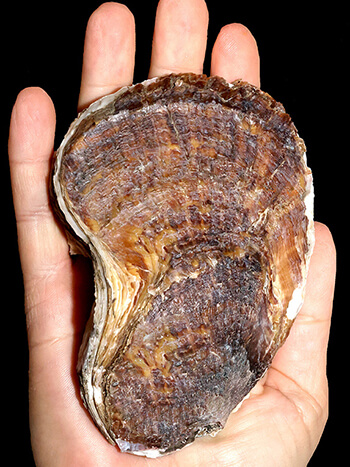Author: Rupert Summerson

Overview
Suminoe oyster (Magallana ariakensis) is a large true oyster that is native to China but has been spread to many countries in Asia, including, Japan, South Korea and India. Its likely impacts include outcompeting native species and it may harbour parasites and diseases. It is a known invasive species that has invaded localities across Asia.
It was found in Moreton Bay in Queensland for the first time in Australia in June 2023. To date (July 2024) it has not been detected elsewhere.
ABARES used the Species Range Mapping modelling method to generate a map showing its maximum potential range based on its known temperature tolerances.
Key finding
Magallana ariakensis could potentially become established in localities along most of the coast of Australia with the exception of the whole of Victoria and Tasmania and parts of the south coast of Western and South Australia.
Download the report
If you have difficulty accessing these files, contact ABARES for help.
